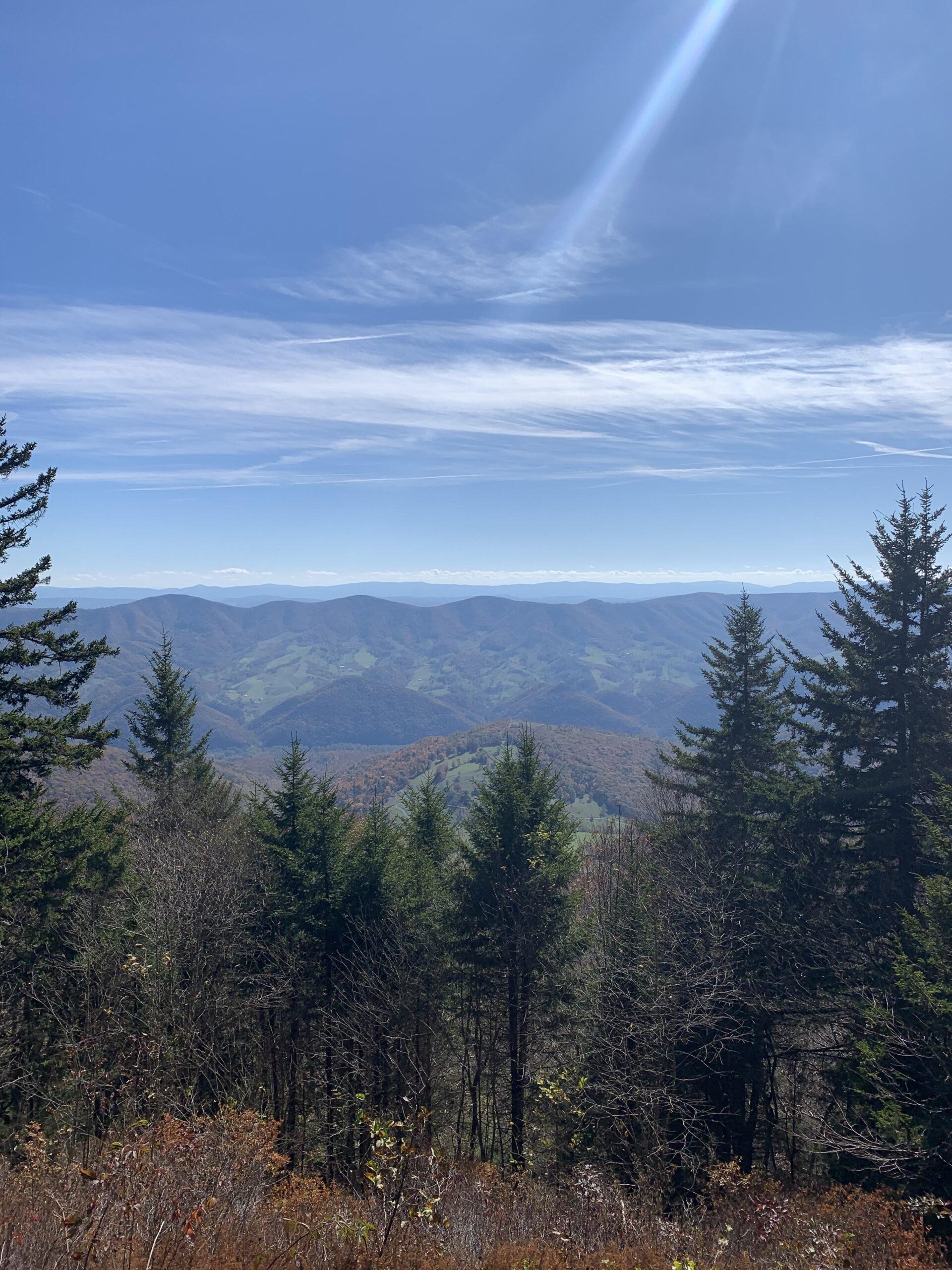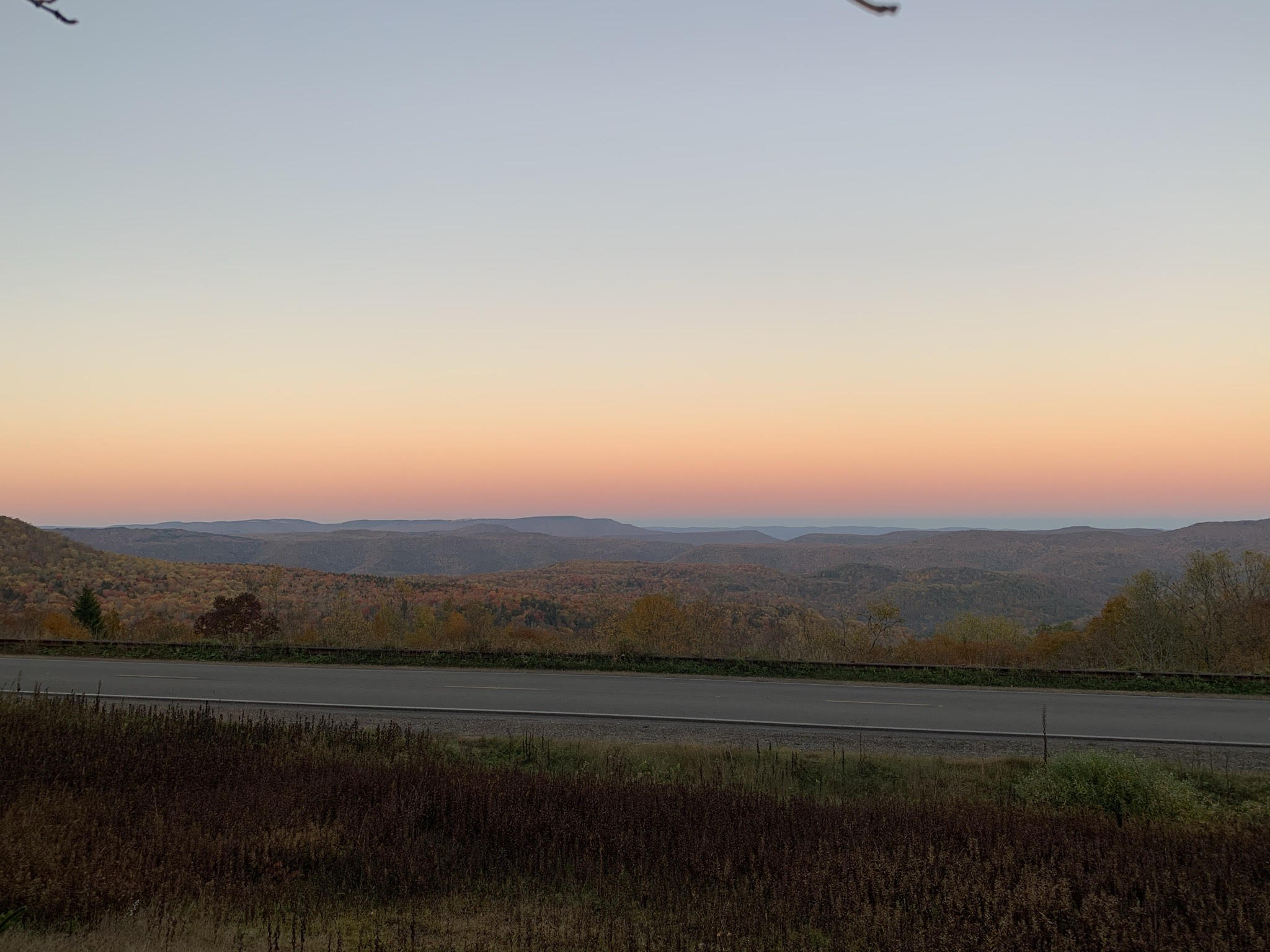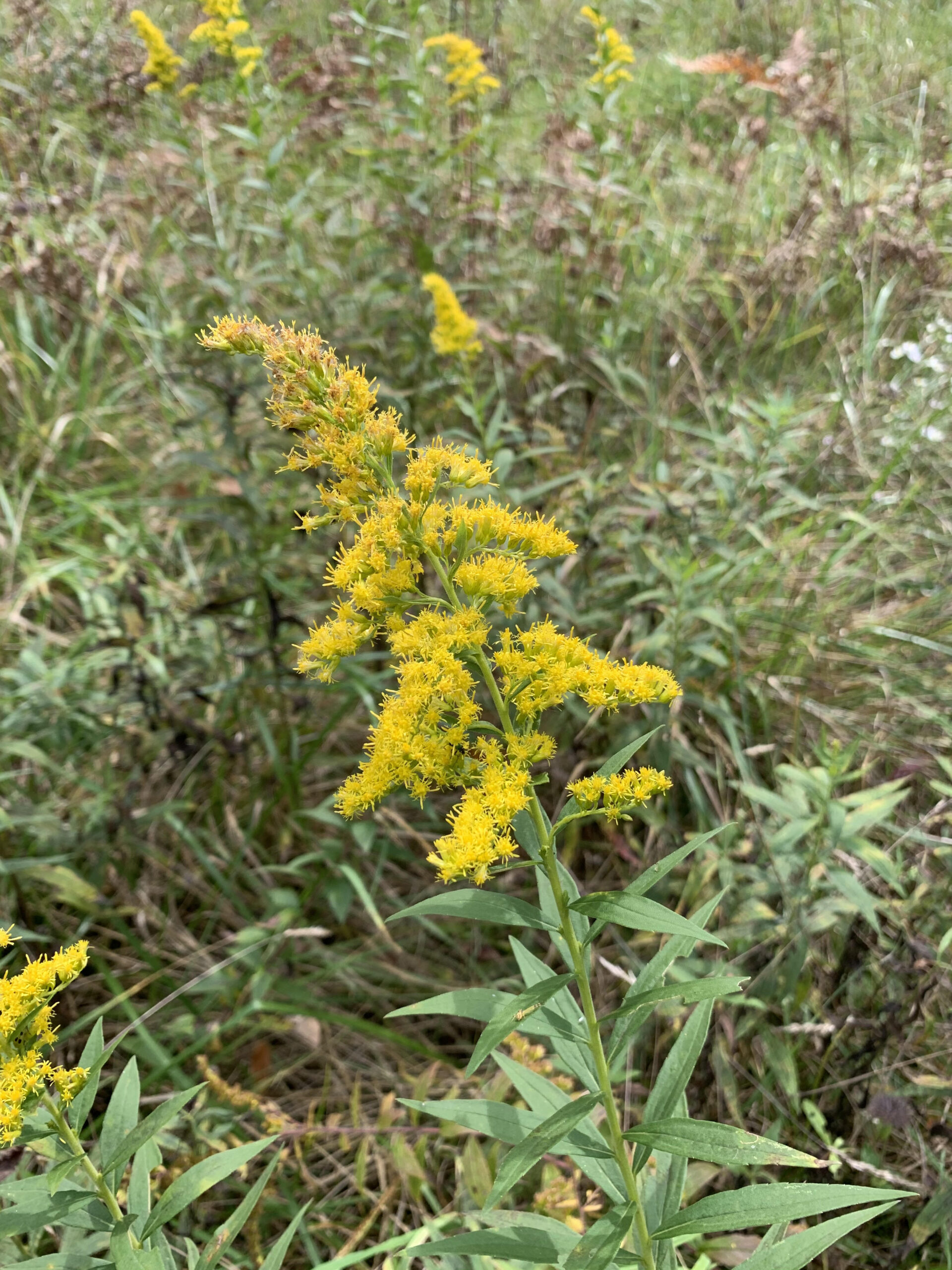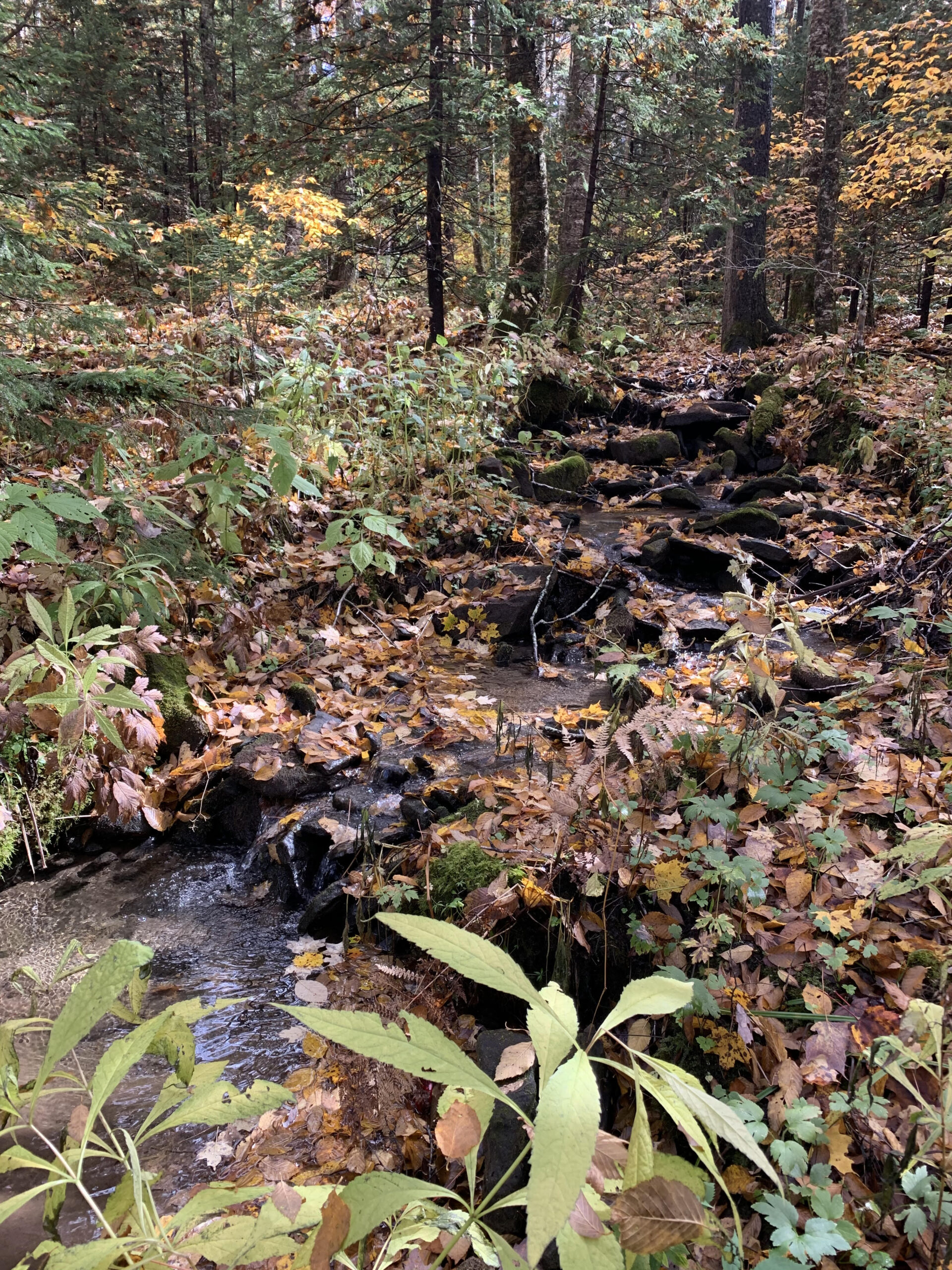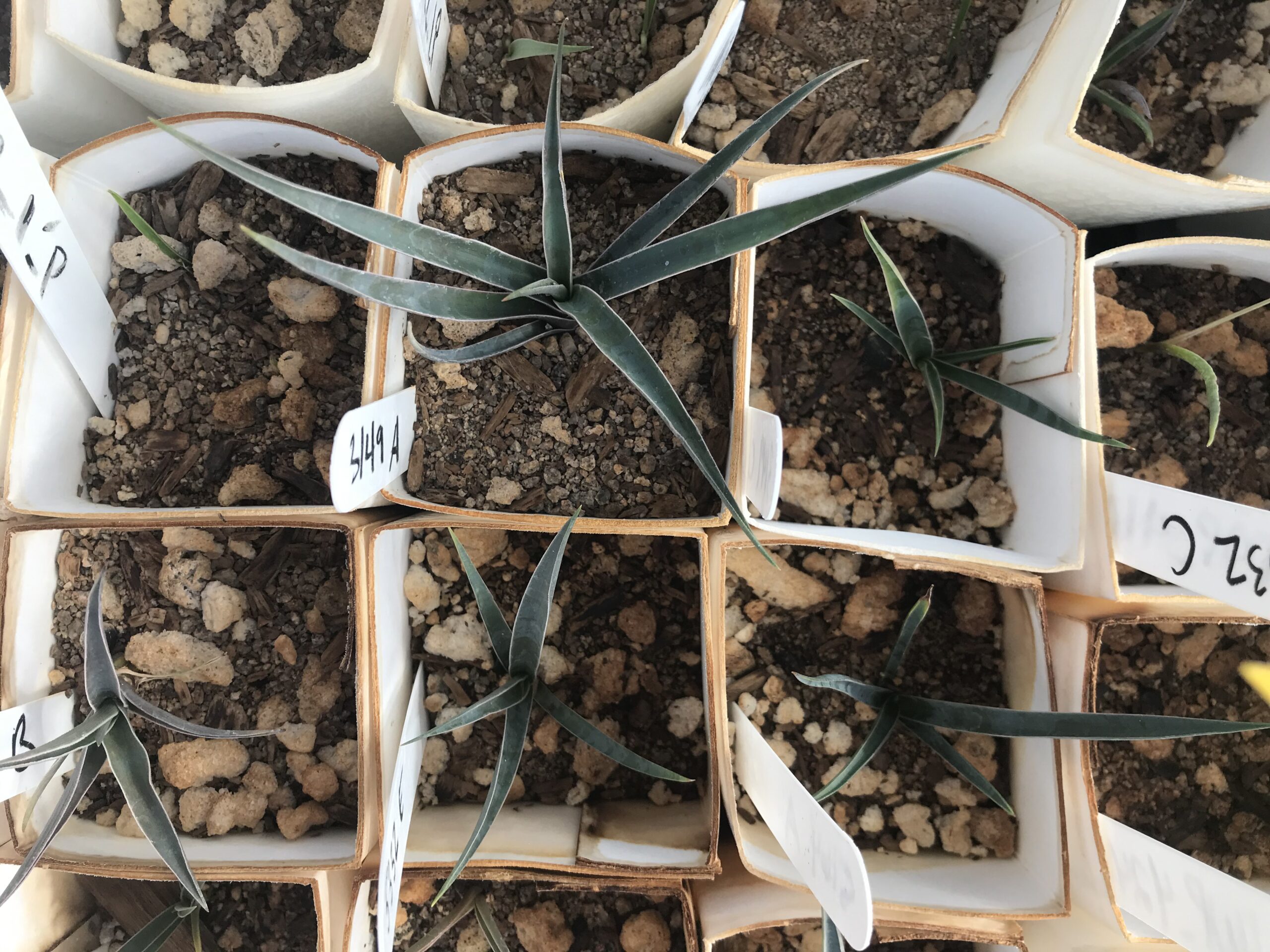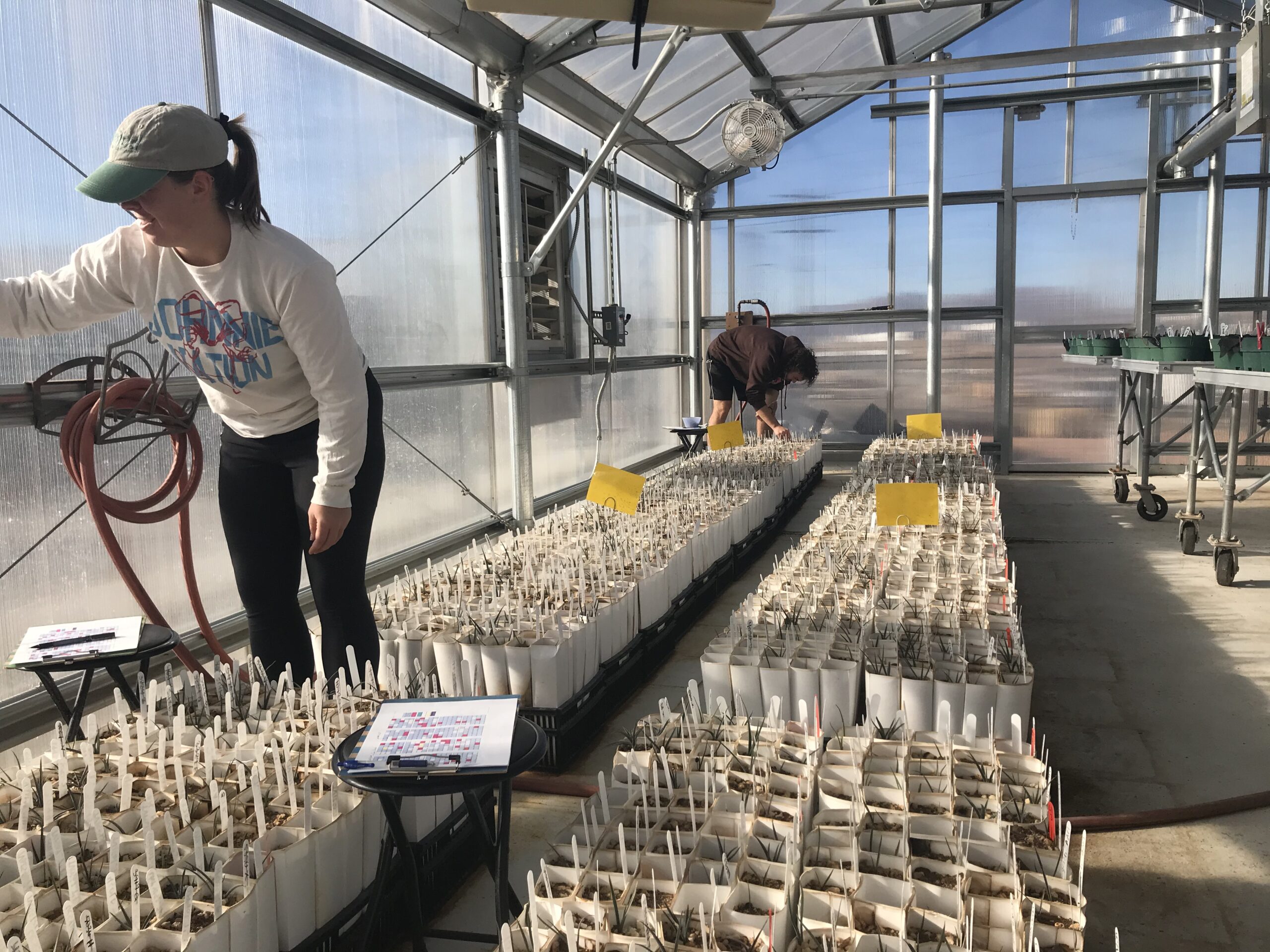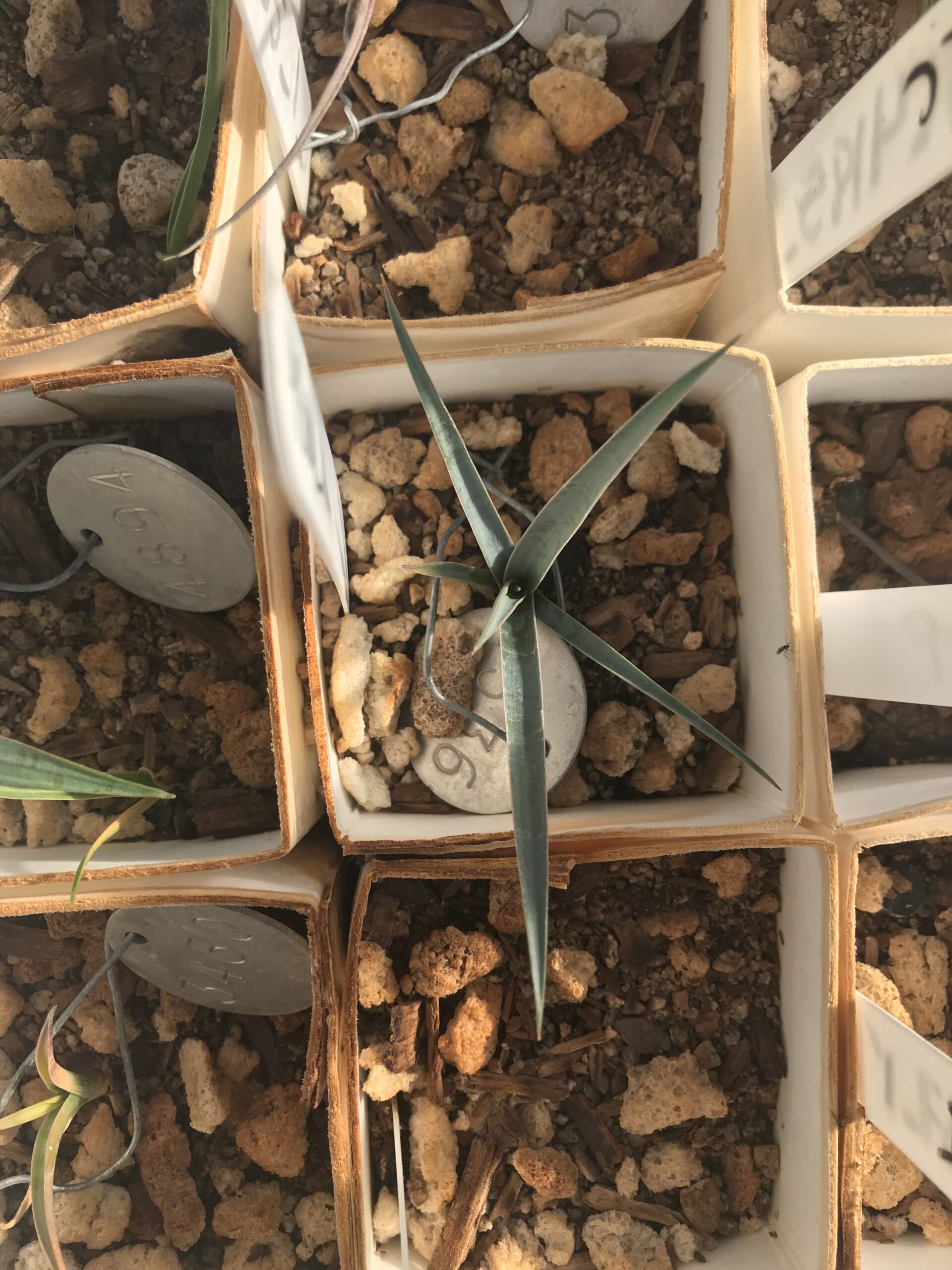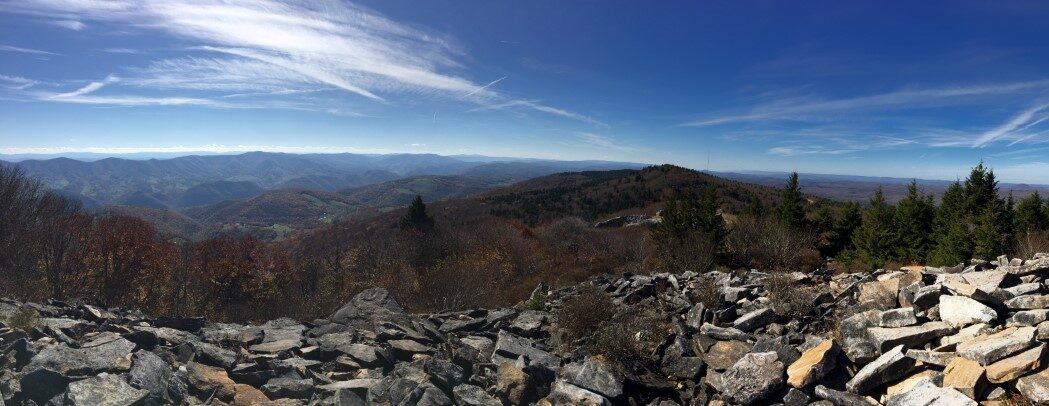
MO’ SEEDS, NO PROBLEMS
Much of October and November was dominated by the drive to go out and collect seeds. Lots of it. We got to explore so much of what the Mon has to offer. We’ve experienced the glorious changing of the colors as we eased into autumn. Never had I seen so much life… which is odd given that I’ve always thought it signified death. Those days will never leave my mind. I felt so incredibly lucky to have been able to go out every day with my co-intern-turn-closest-friend and collect seeds. I’ve also had so many more opportunities to visit Spruce Knob, Dolly Sods and many other unique places to collect.
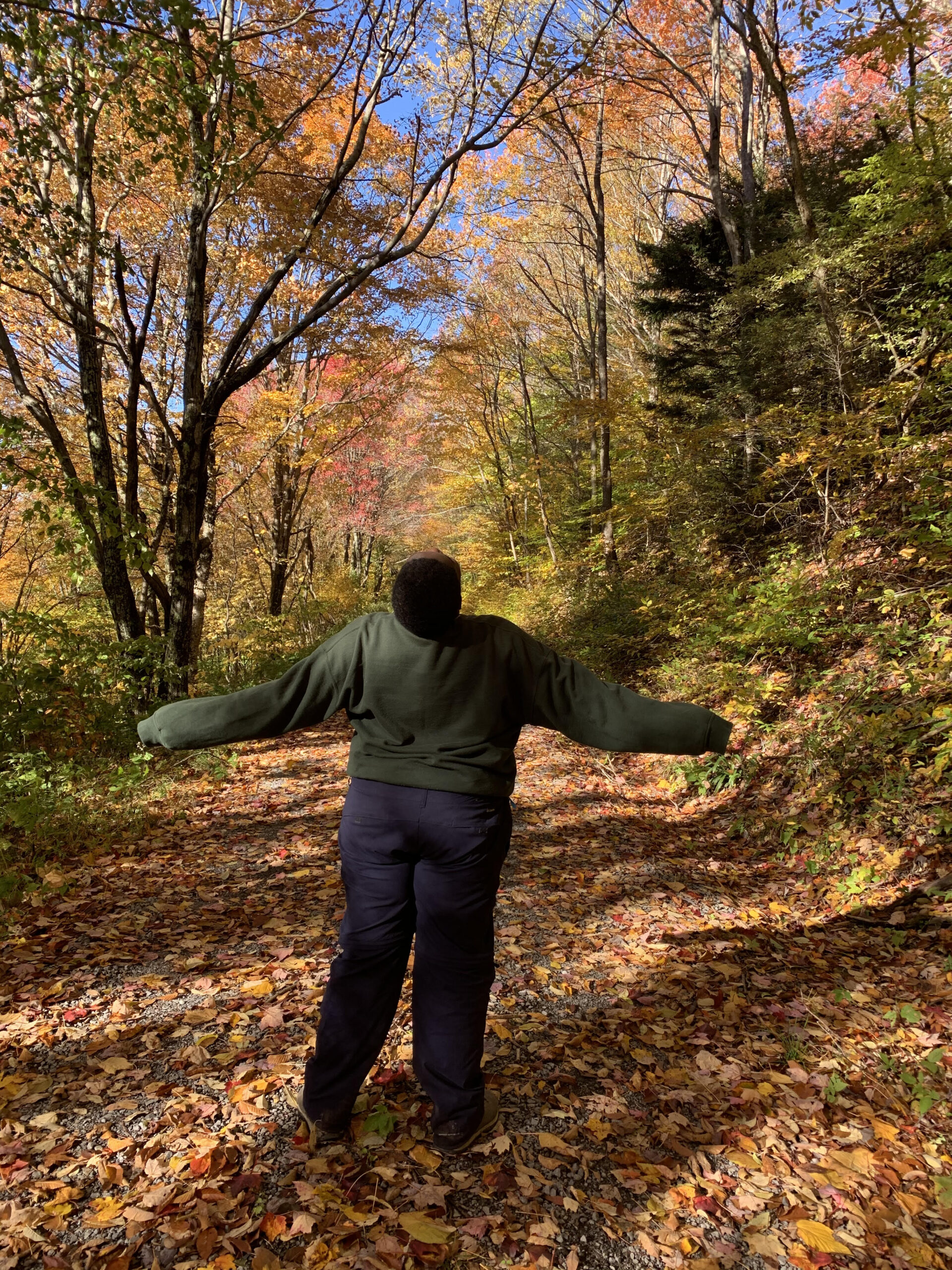
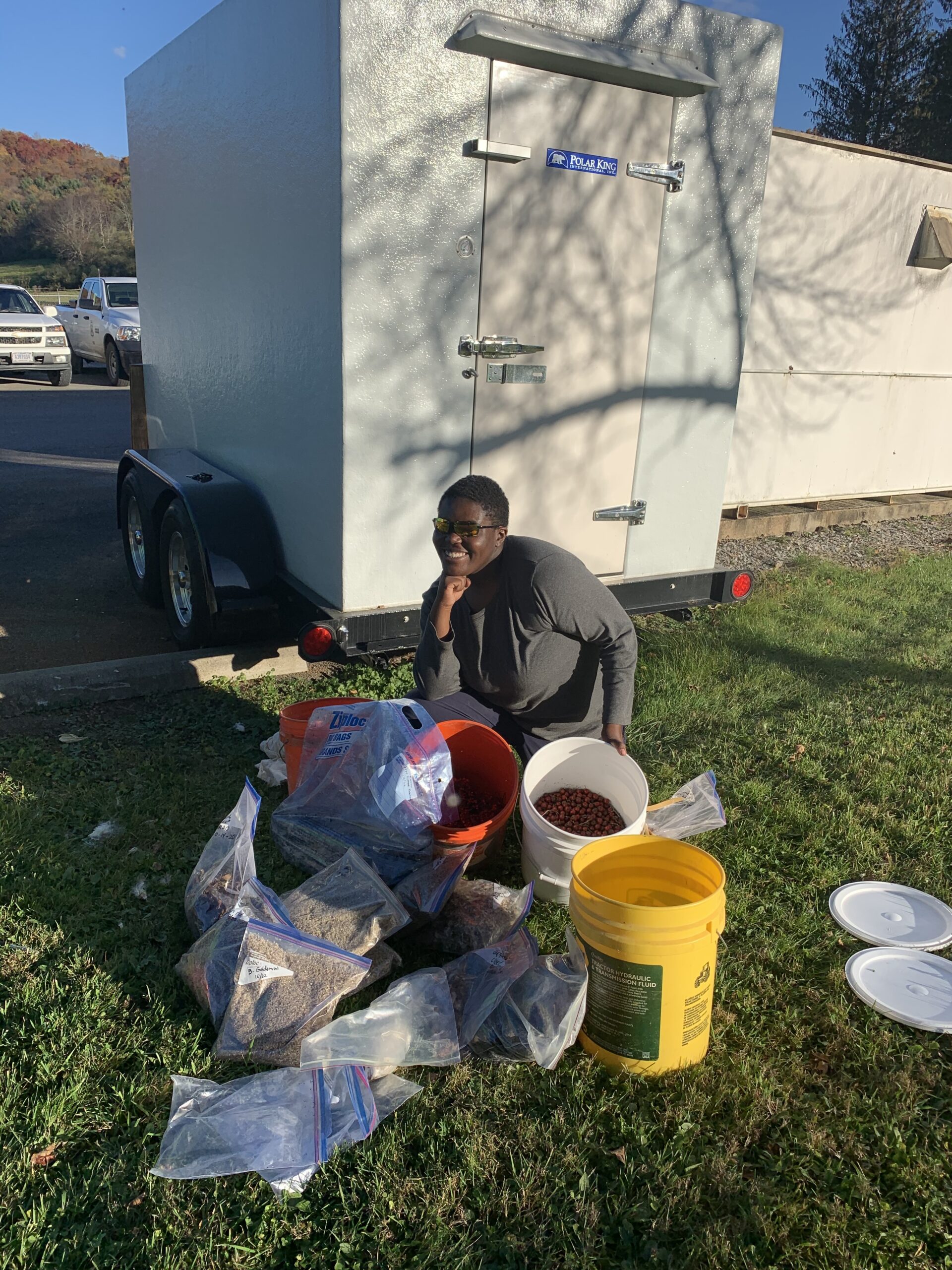
We were fortunate enough to be surrounded by so many wonderful people who were excited to collect with us. We were able to coordinate a number of collection excursions with insightful and hopeful individuals who wanted to either learn more or simply have a good time outside collecting seeds and having good conversation– or both!
While collecting is a great way to connect with others, we are also actively sowing seeds for the future. We’ve been able to show the old and new AmeriCorps interns the ropes so that they can continue to seed collect and process for the ongoing restoration efforts across the Mon.
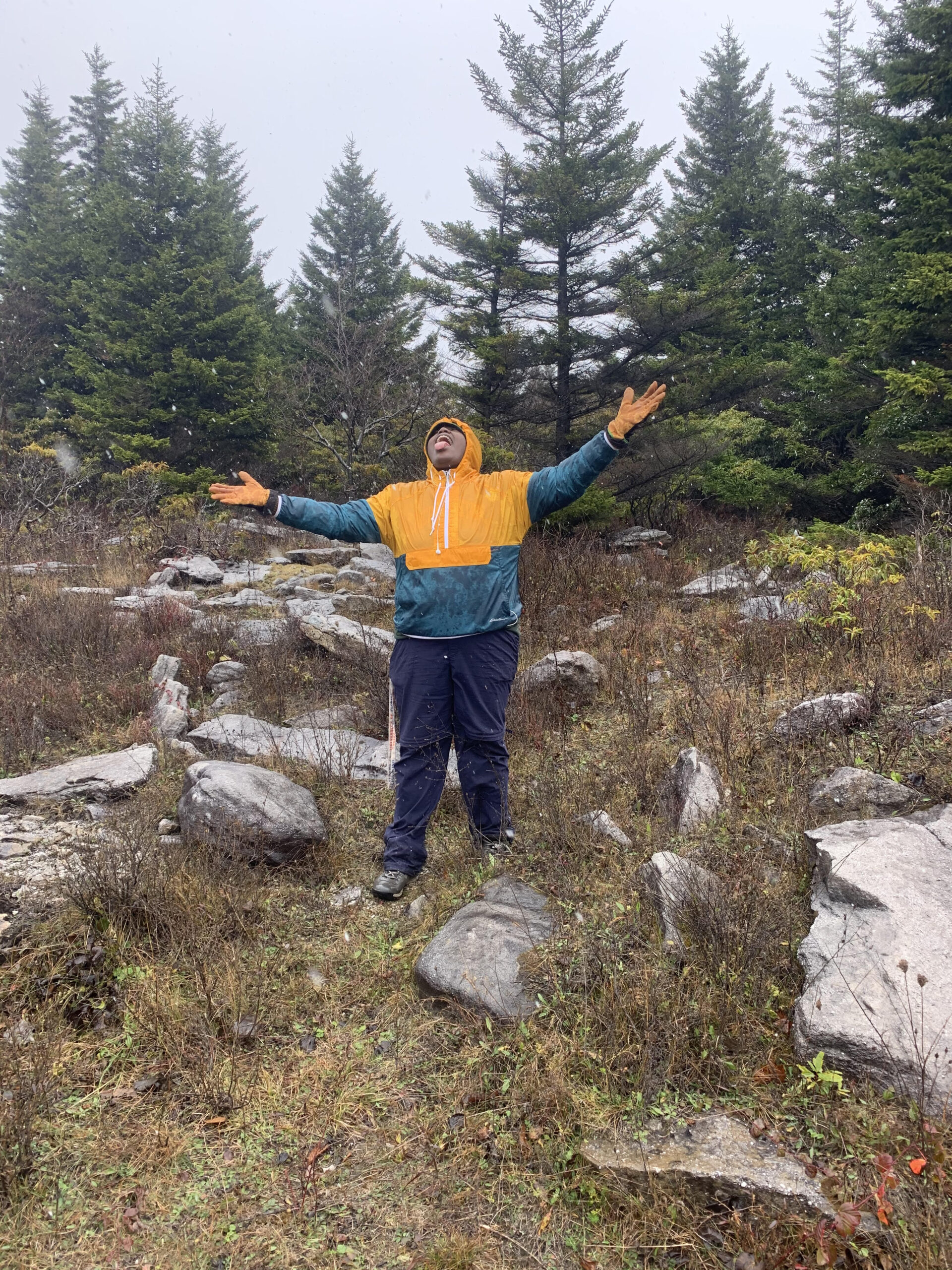
At Dolly Sods when the first snow began to fall; my second time seeing snow ever. 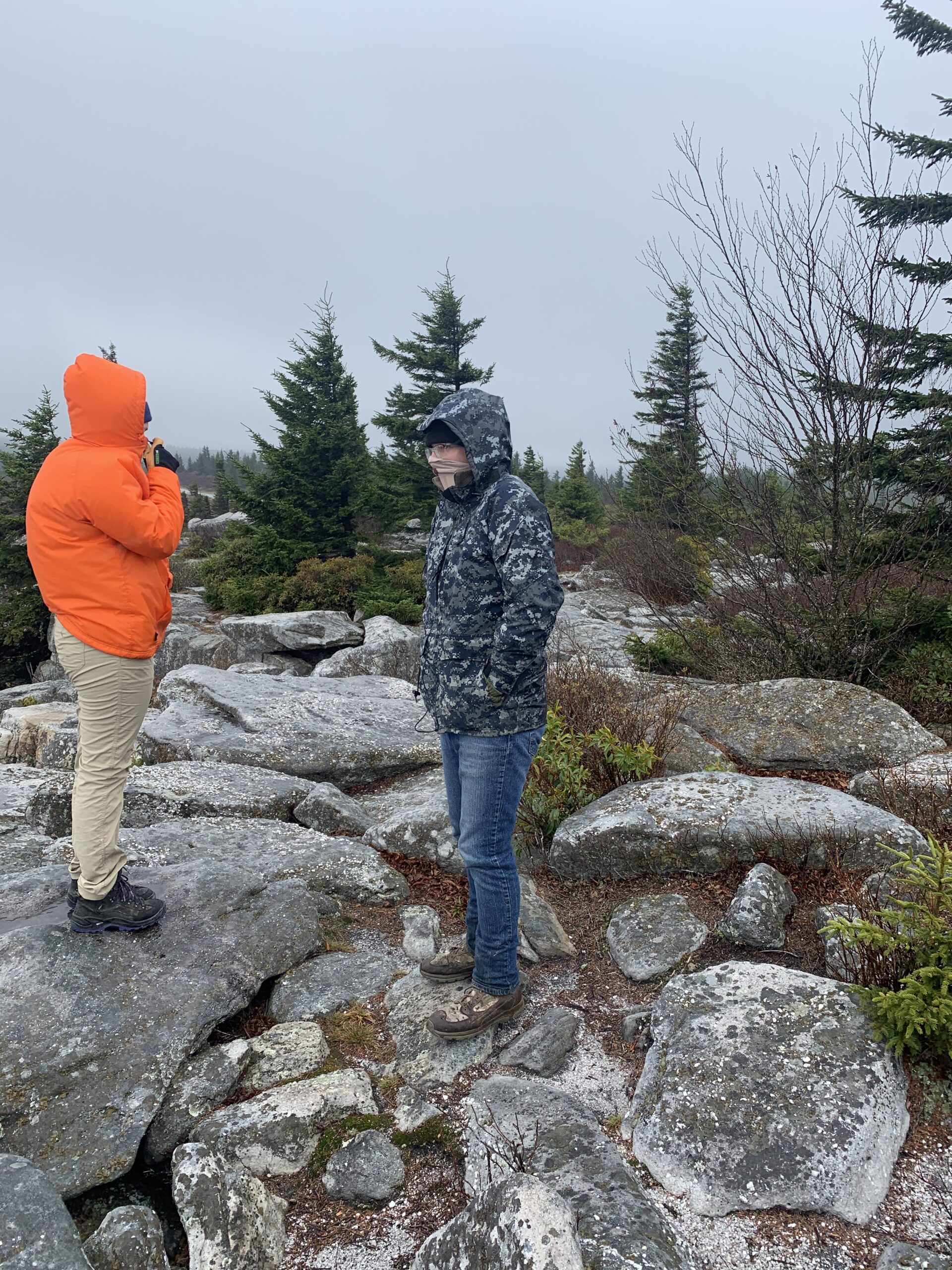
We brought along two of the AmeriCorps interns, Julia (left) and Michael (right). 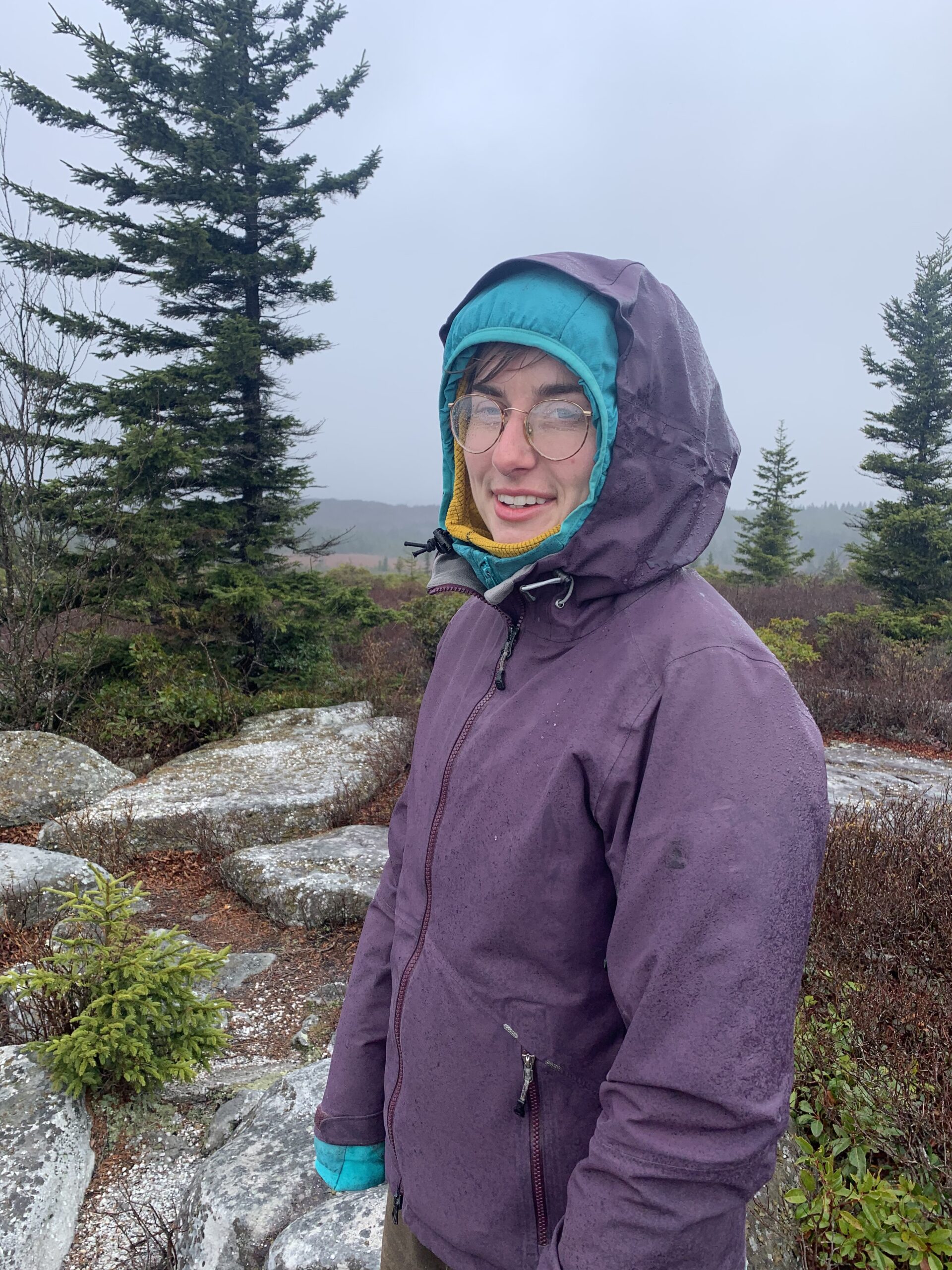
Caroline was barely phased by the freezing cold and strong wind gusts. 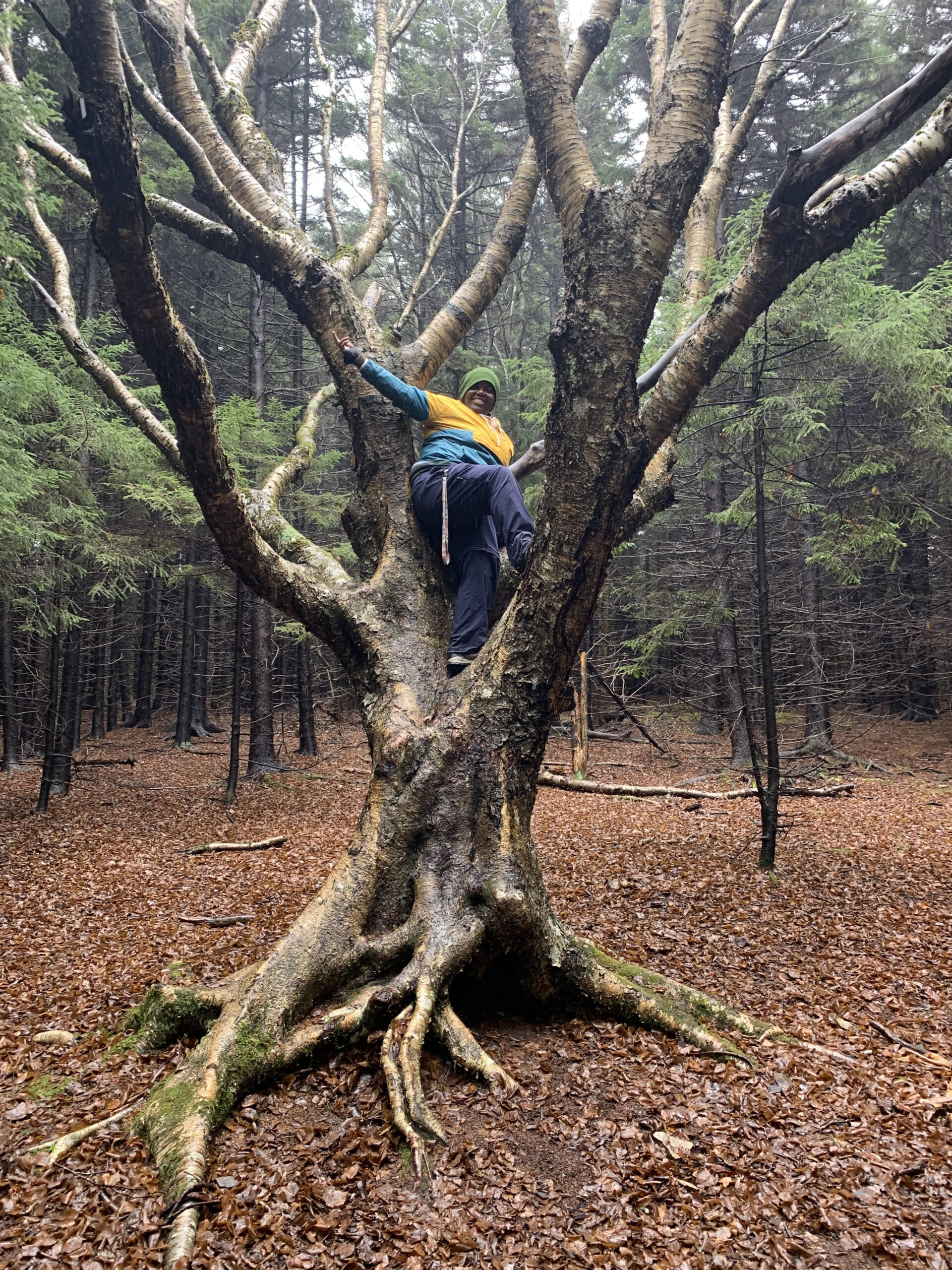
On the way out, we spotted a really cool tree.
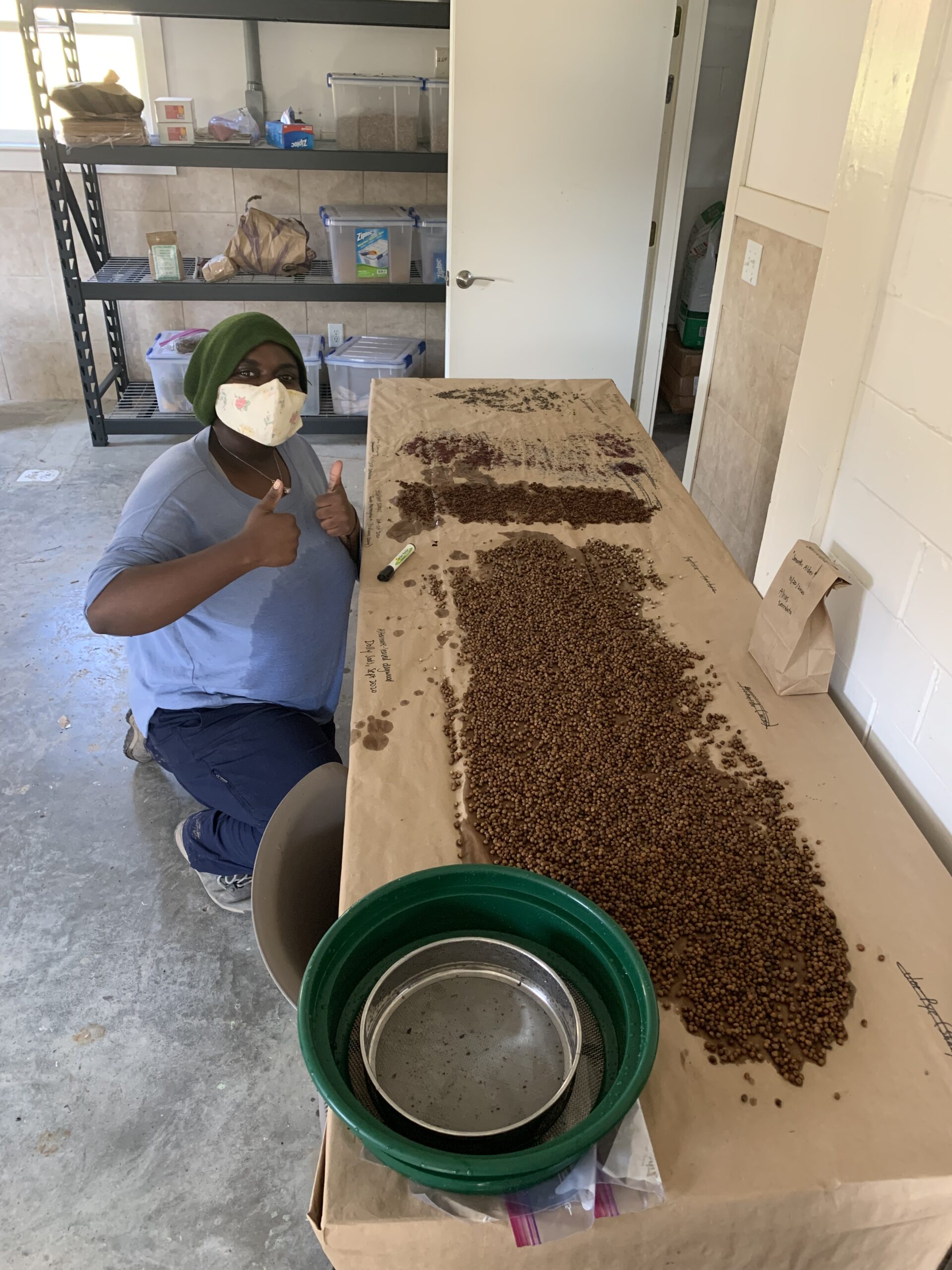
By the time December came around, I could feel time slow and the reality of my program’s impending end date floating around my brain.
As our time here in West Virginia began to unwind, I also started feeling the pressure to finish processing all of our seeds. I coped with the low-grade stress by creating lists and personal goals for myself to hold on to for the coming month. Along with help from Caroline, I enlisted the aid of the AmeriCorps interns who have helped move along efforts to process all of the seeds collected through the summer and fall.
COMMUNITY LOVE
In the midst of all this processing, I’ve been able to engage myself and get involved in other ways. In early November, Caroline and I were interviewed and featured in the Pocahontas Times, the local newspaper. A couple weeks later, I was tapped to talk about the CLM program and the work we’ve accomplished to a leadership board (composed of all the district rangers across the Monongahela National Forest). Presenting in front of the rangers was nerve-wracking enough but having to present without Caroline compounded my anxiety. Nevertheless, I persevered and received a lot of positive feedback that reassured me. And at the beginning of December, the AmeriCorps (who are also my roommates) and I built a float for this year’s unique drive-in Christmas parade! It was yet another great opportunity to get involved with the community and it was so great to have the support of our district ranger, Cindy Sandeno and a few other forest service members.
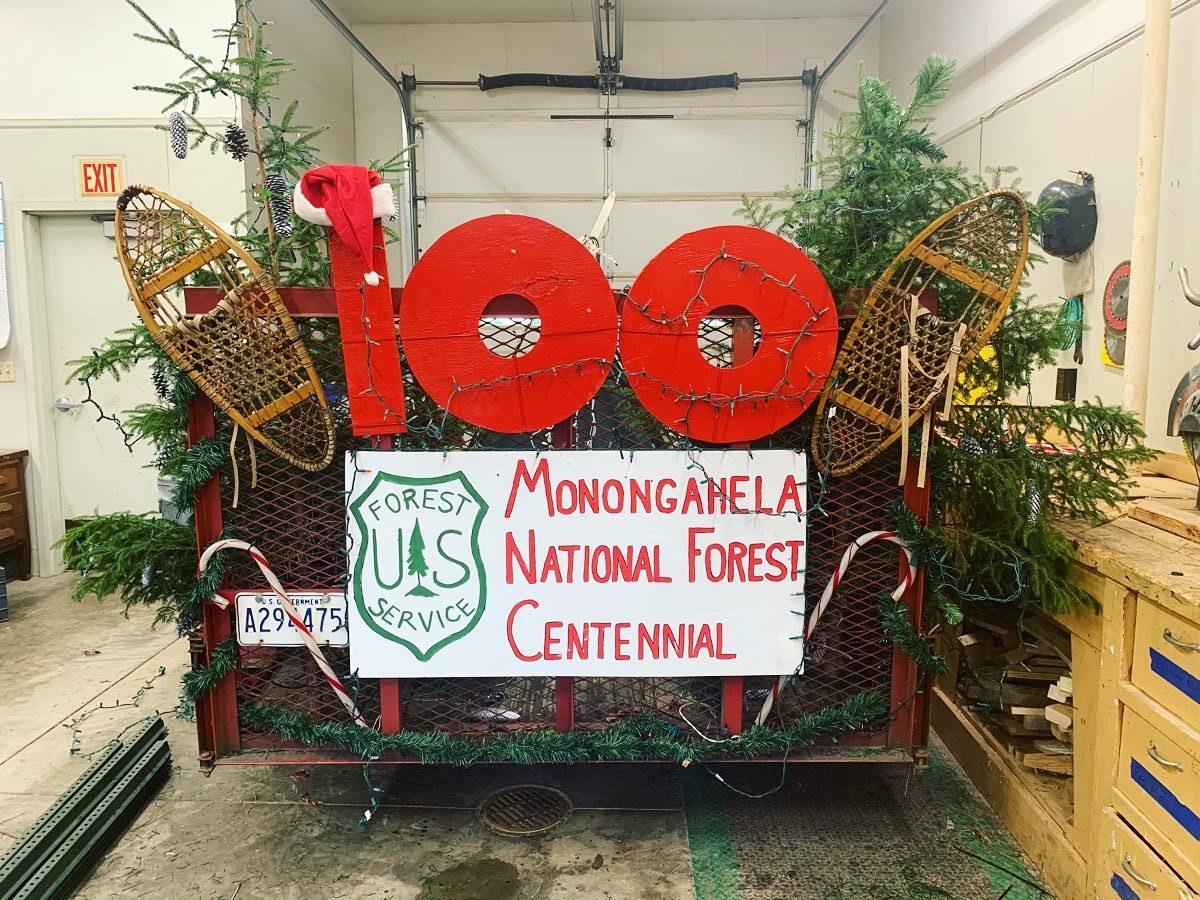
-Ivy

